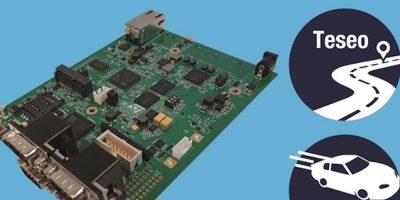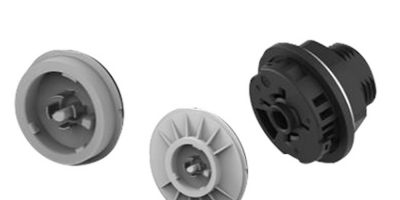For prototyping automotive smart gateway and domain controller applications, STMicroelectronics offers the Smart Gateway Platform.
As automotive architectures have evolved to include high throughput in-vehicle networking and high data-rate connectivity to the cloud, the demand for high-performance smart gateway and domain controller electronic control units (ECUs) has also increased, observed ST.
Its modular Smart Gateway Platform (SGP) is built on gigabit Ethernet (GbE) communication between the secure ASIL-B Telemaco3P microprocessor and the ASIL-D SPC58/Chorus microcontroller. This delivers powerful processing capability to handle firewall functionalities, predictive maintenance, over-the-air (OTA) upgrades and high data-rate communication among different ECUs and to the cloud.
The Chorus microcontroller provides real-time, low power, and secure in-vehicle connectivity through its multiple CAN-FD interfaces, explains ST. The Telemaco3P microprocessor delivers dual Arm Cortex A7 processing power with Posix OS support to extend gateway computational capabilities and an embedded Security Module handles OTA updates, firewall and predictive-maintenance functions.
The SGP reference design has in-vehicle network interfaces including multiple Ethernet and CAN ports as well as support for LIN and FlexRay connections. A comprehensive starter package includes hardware design files, hardware/software documentation, software utilities (drivers and flashers) and sample applications.
The SGP also integrates expansion connections to Wi-Fi and LTE modules for full prototyping of use cases requiring cloud-connectivity simulation. The modular architecture provides a framework for scalability in performance, networking, and software, adds ST.
Please visit http://www.st.com/smart-gateway-platform for further information.







